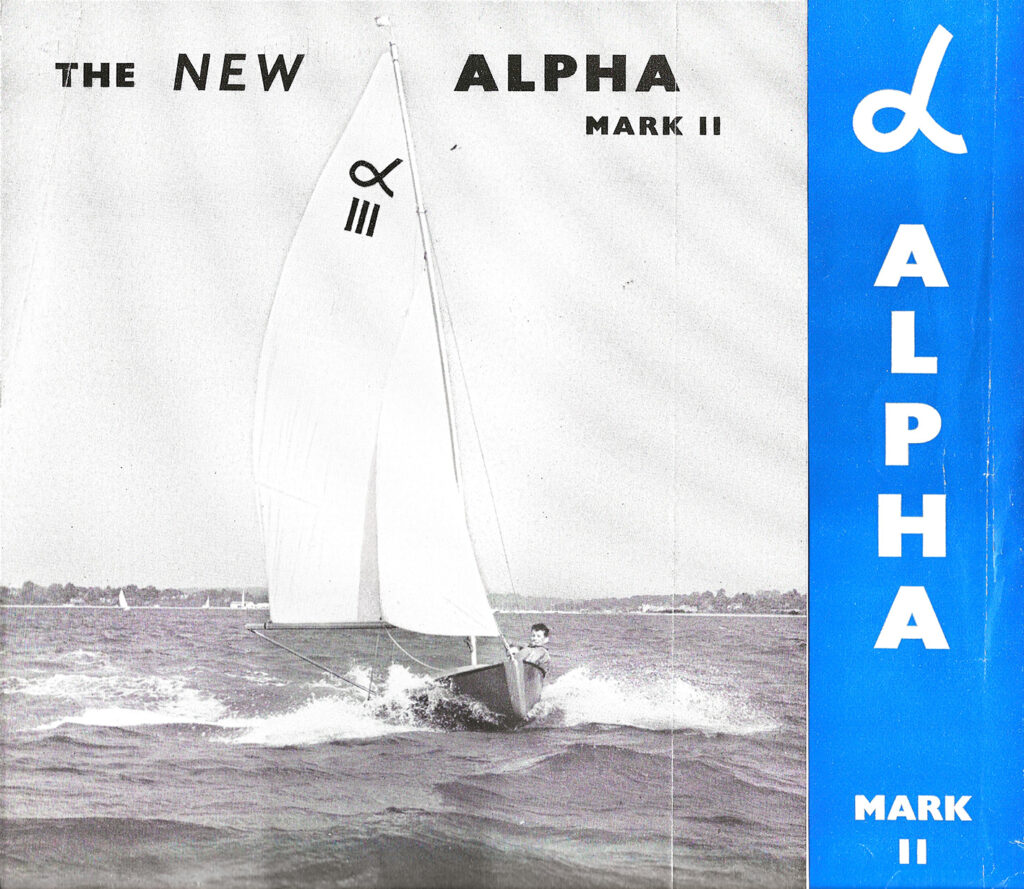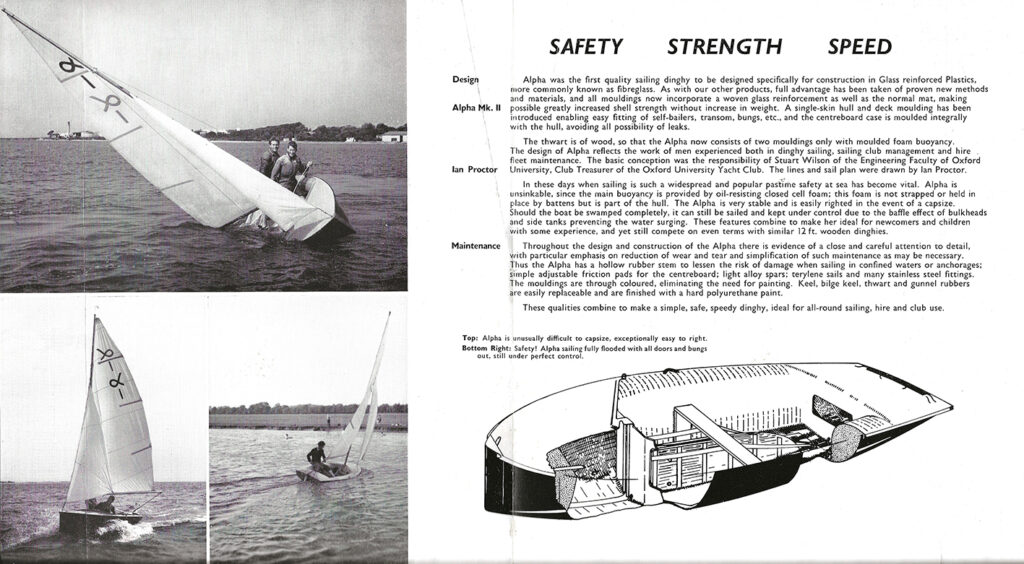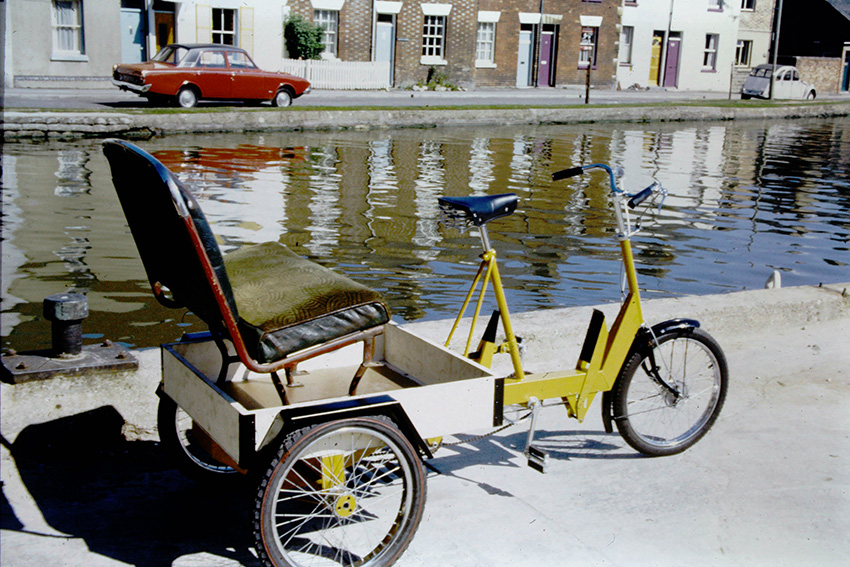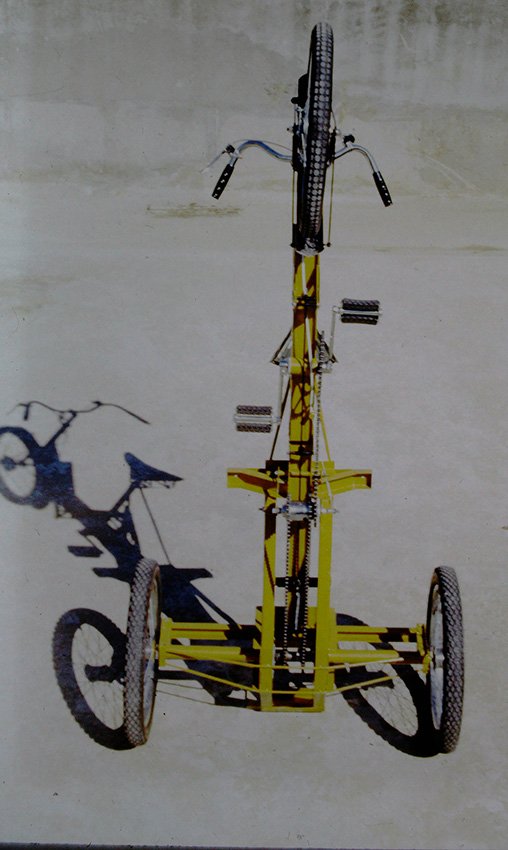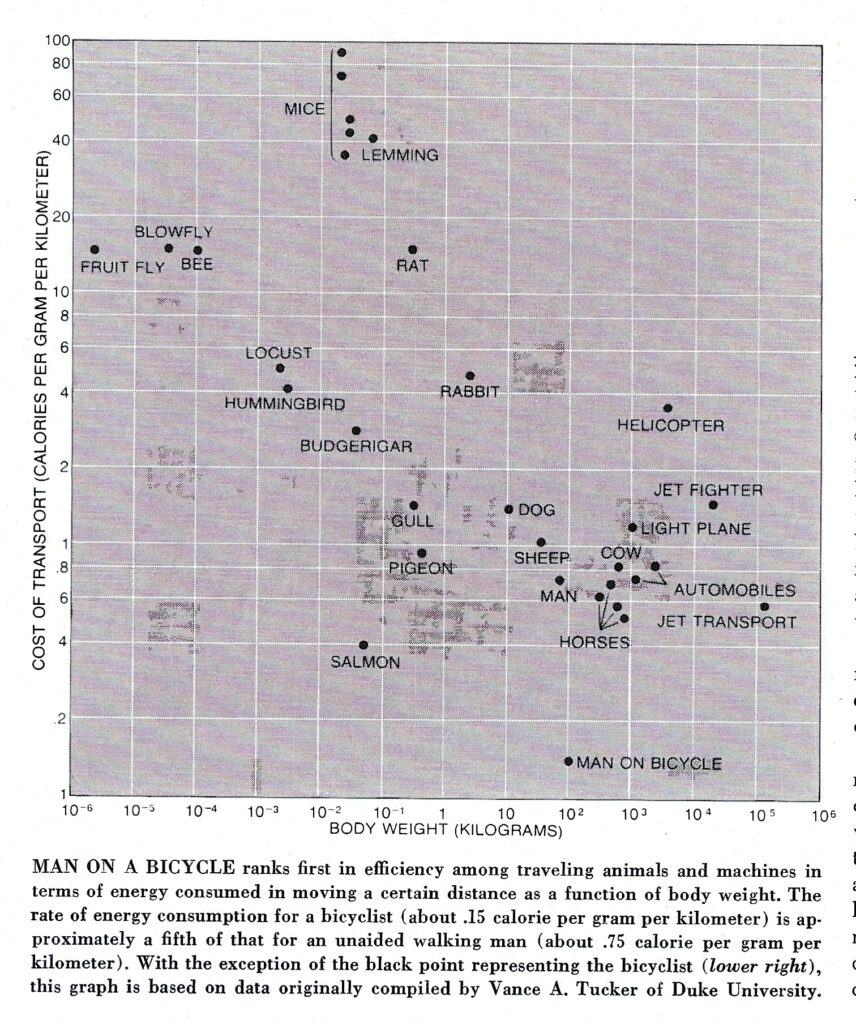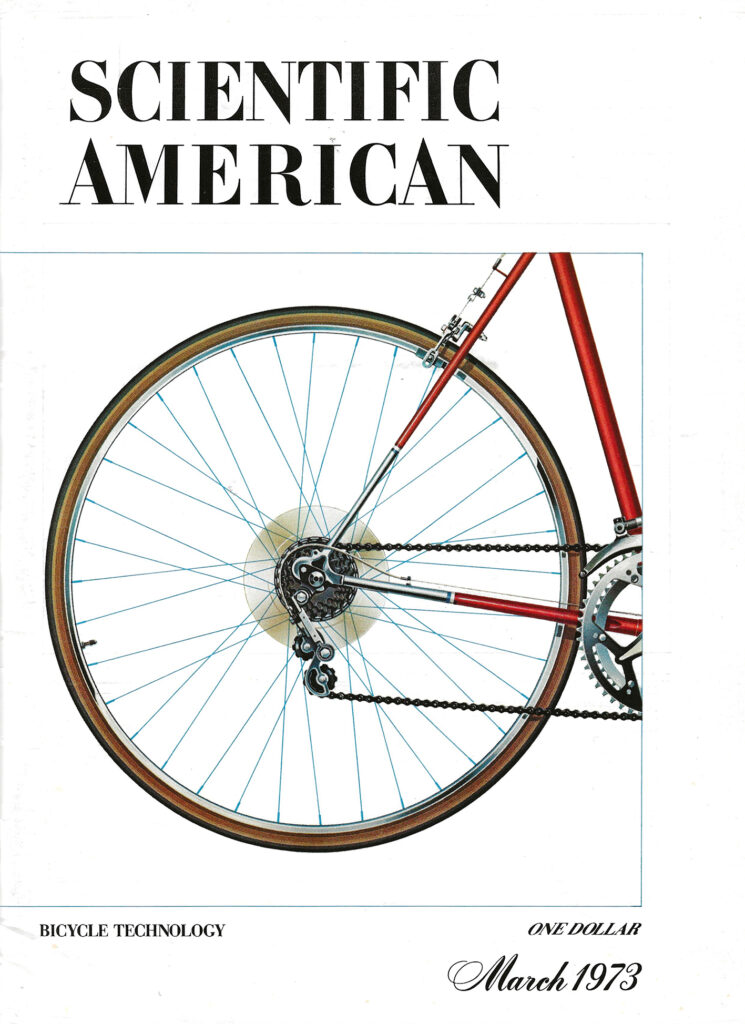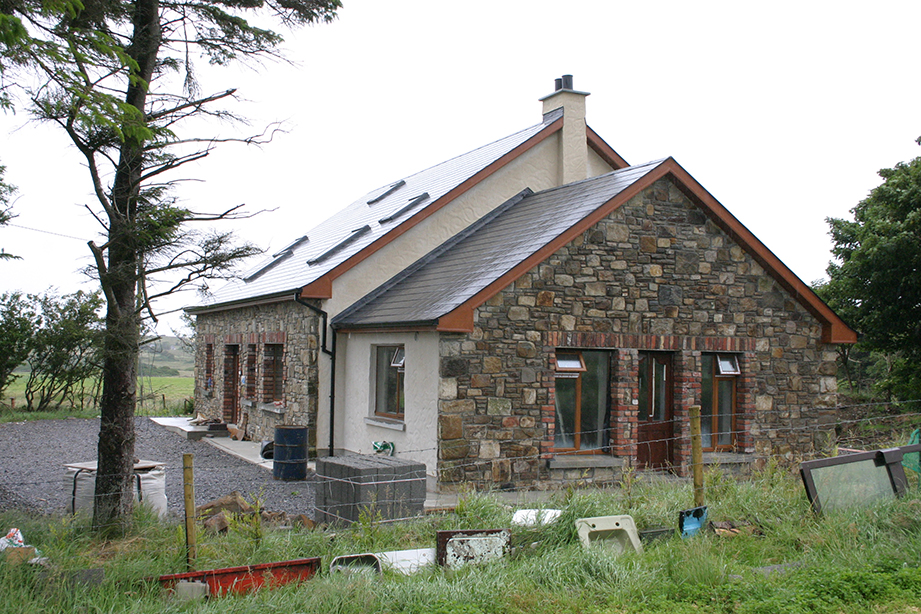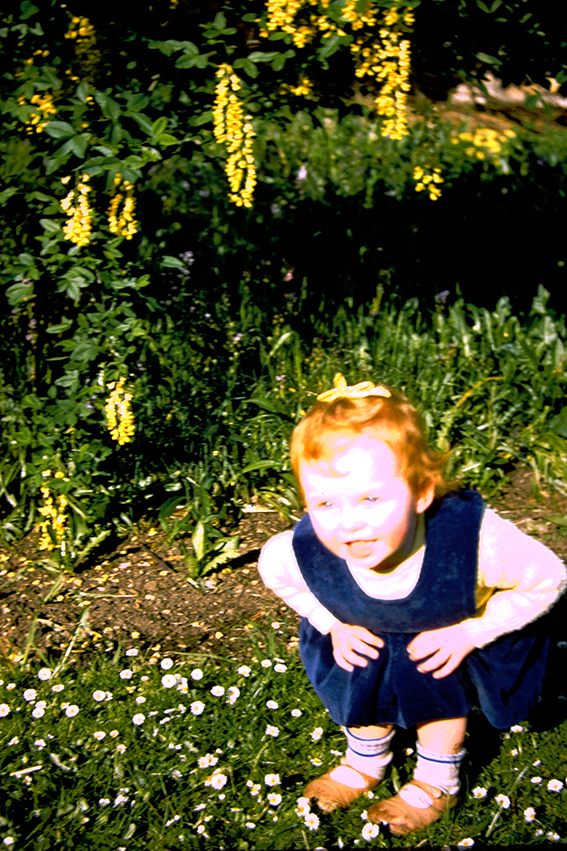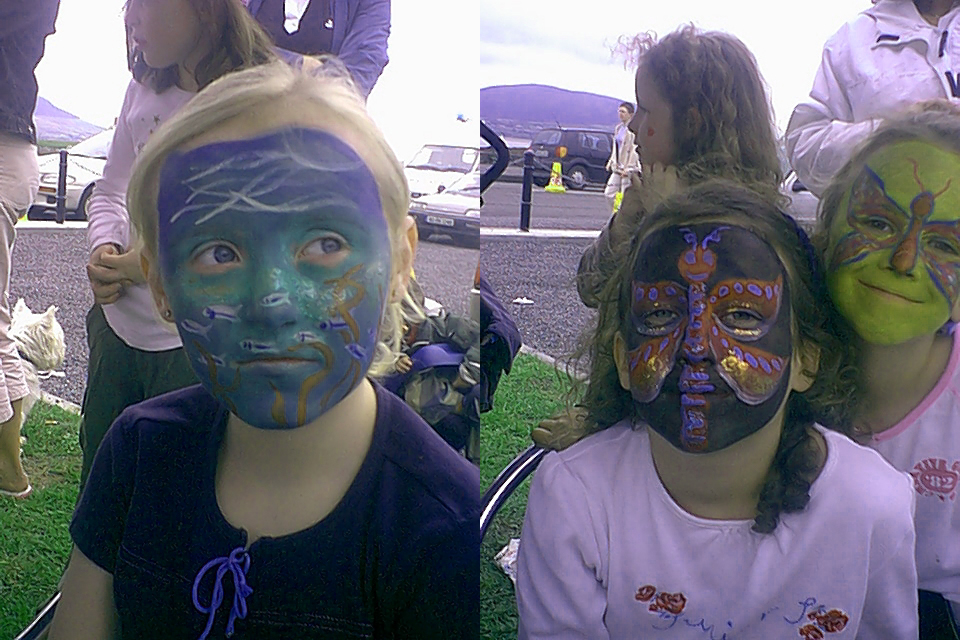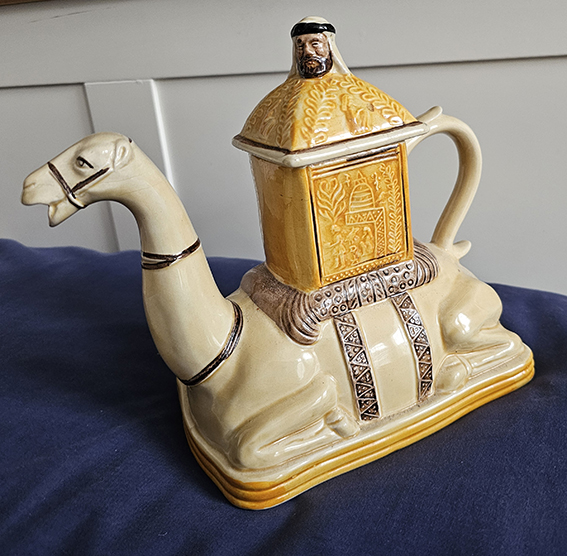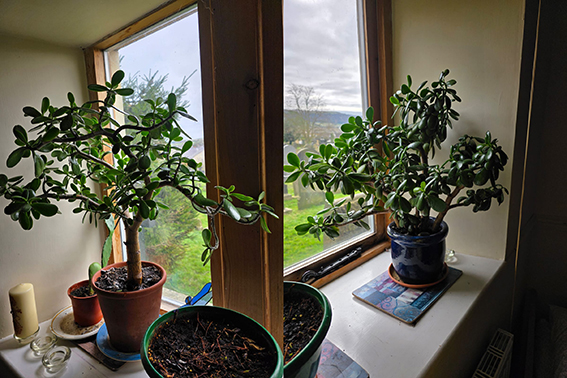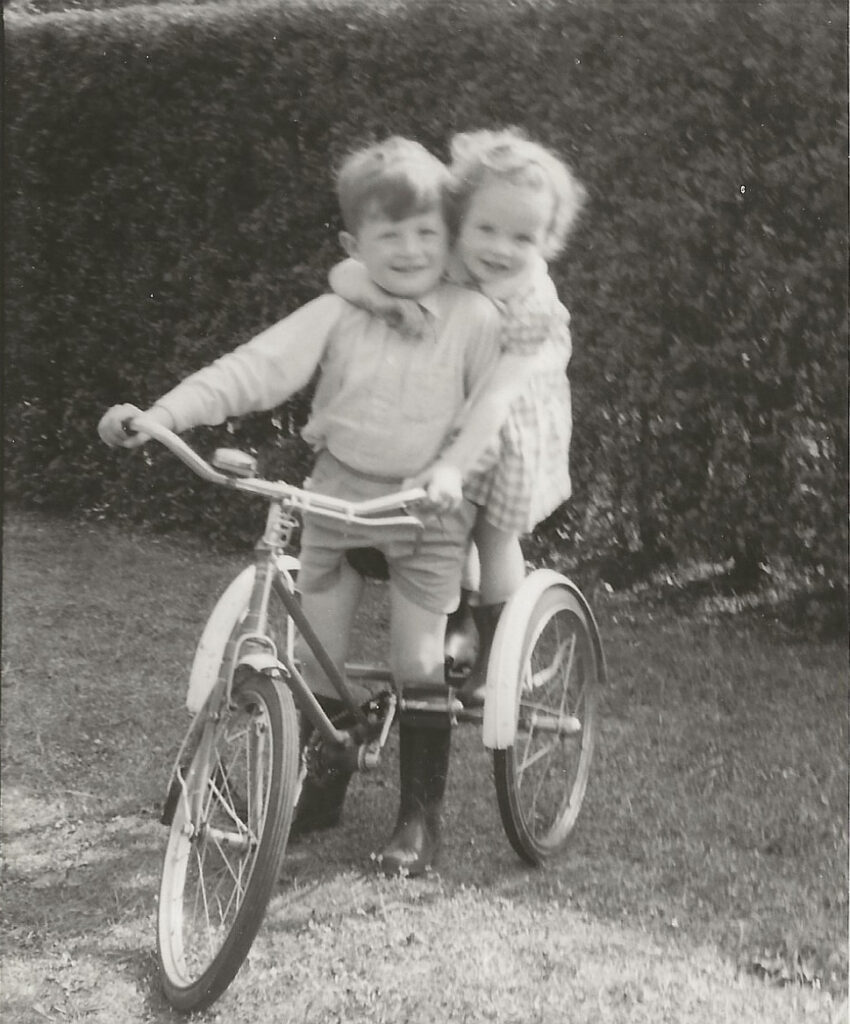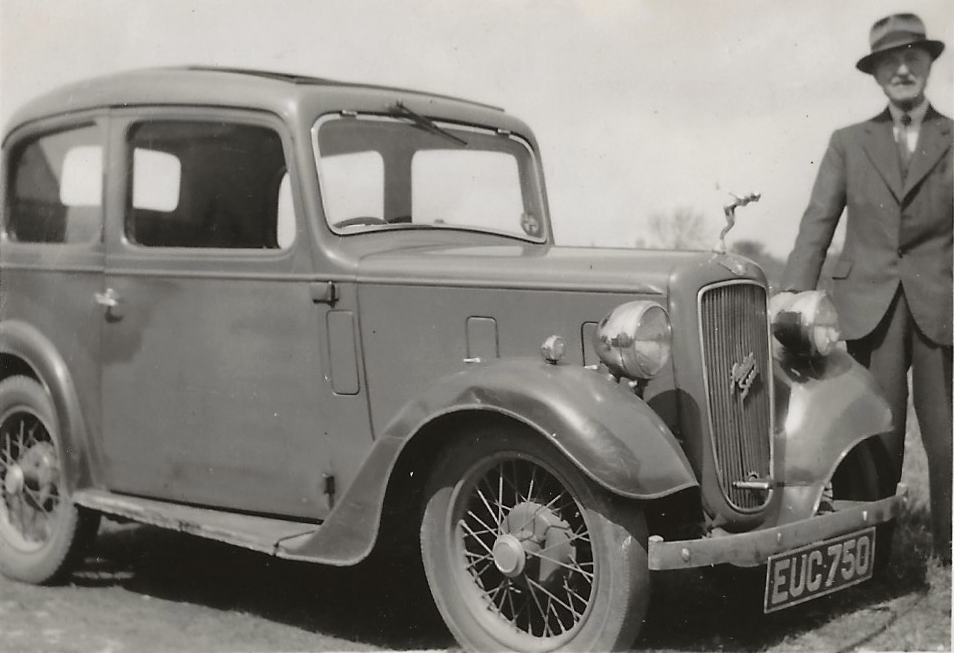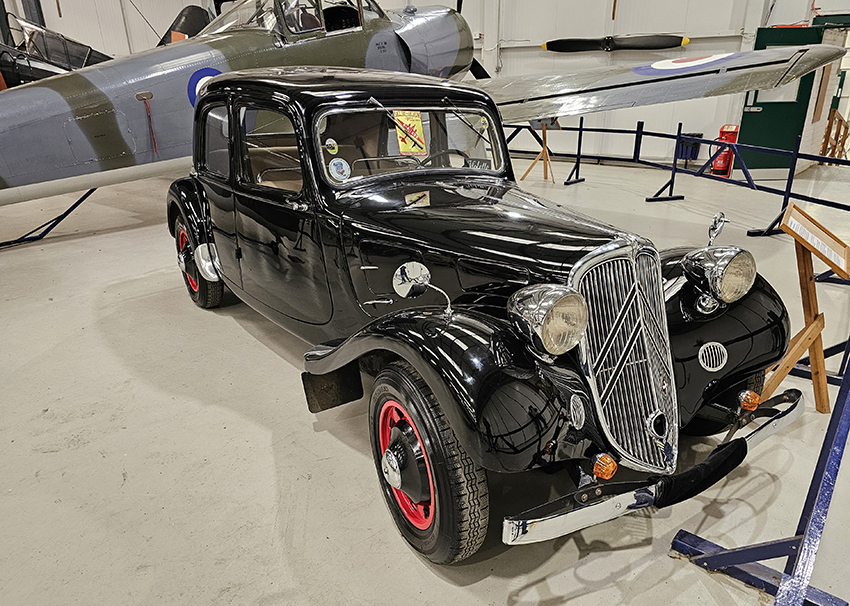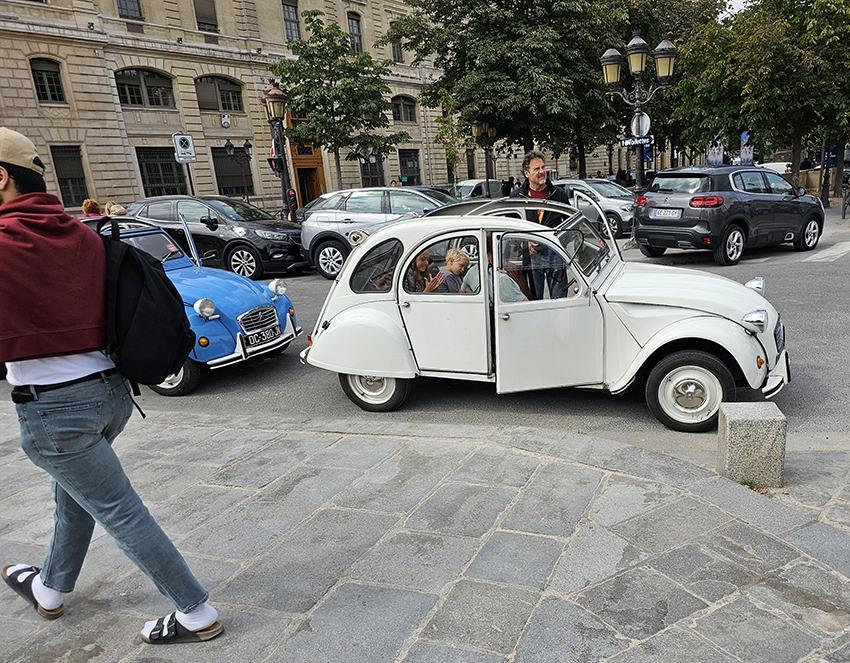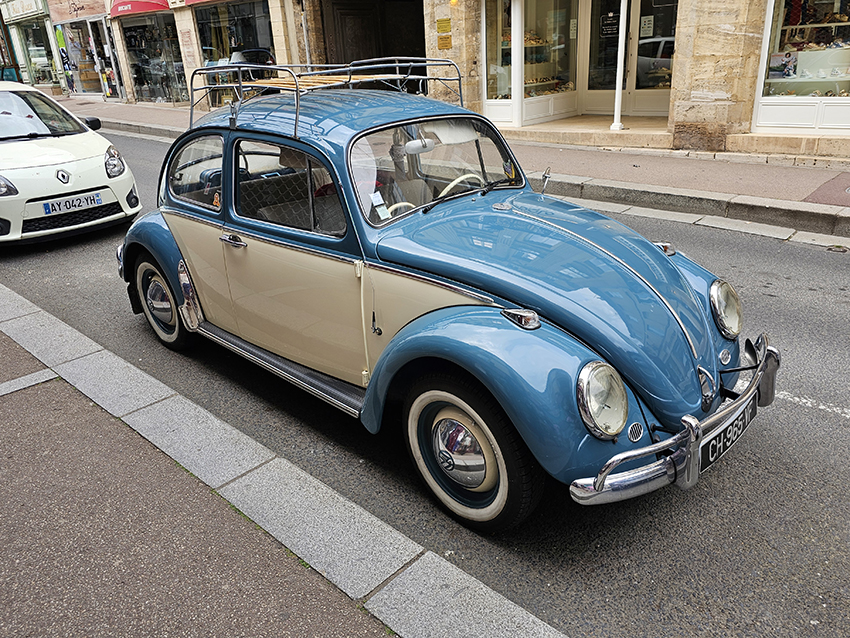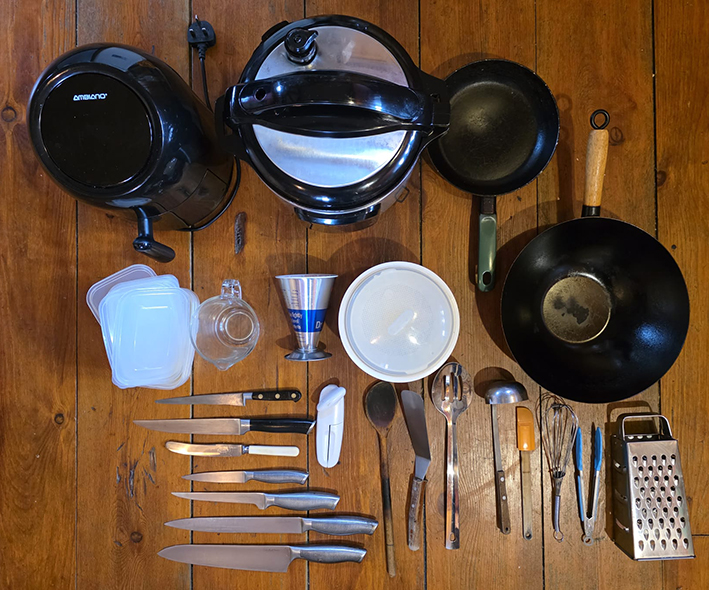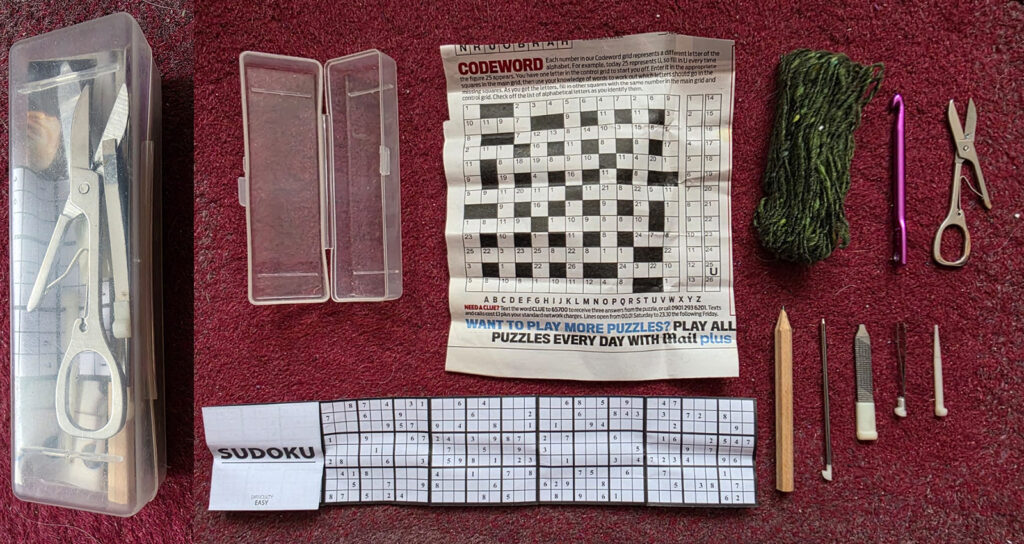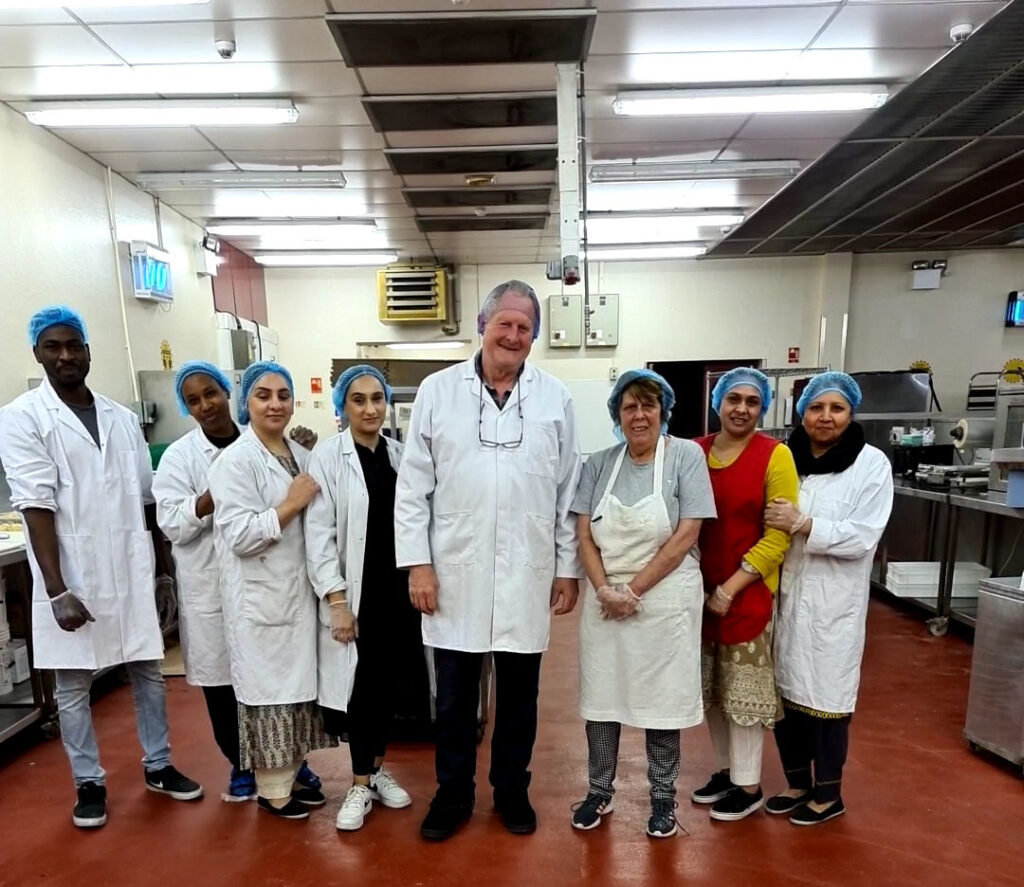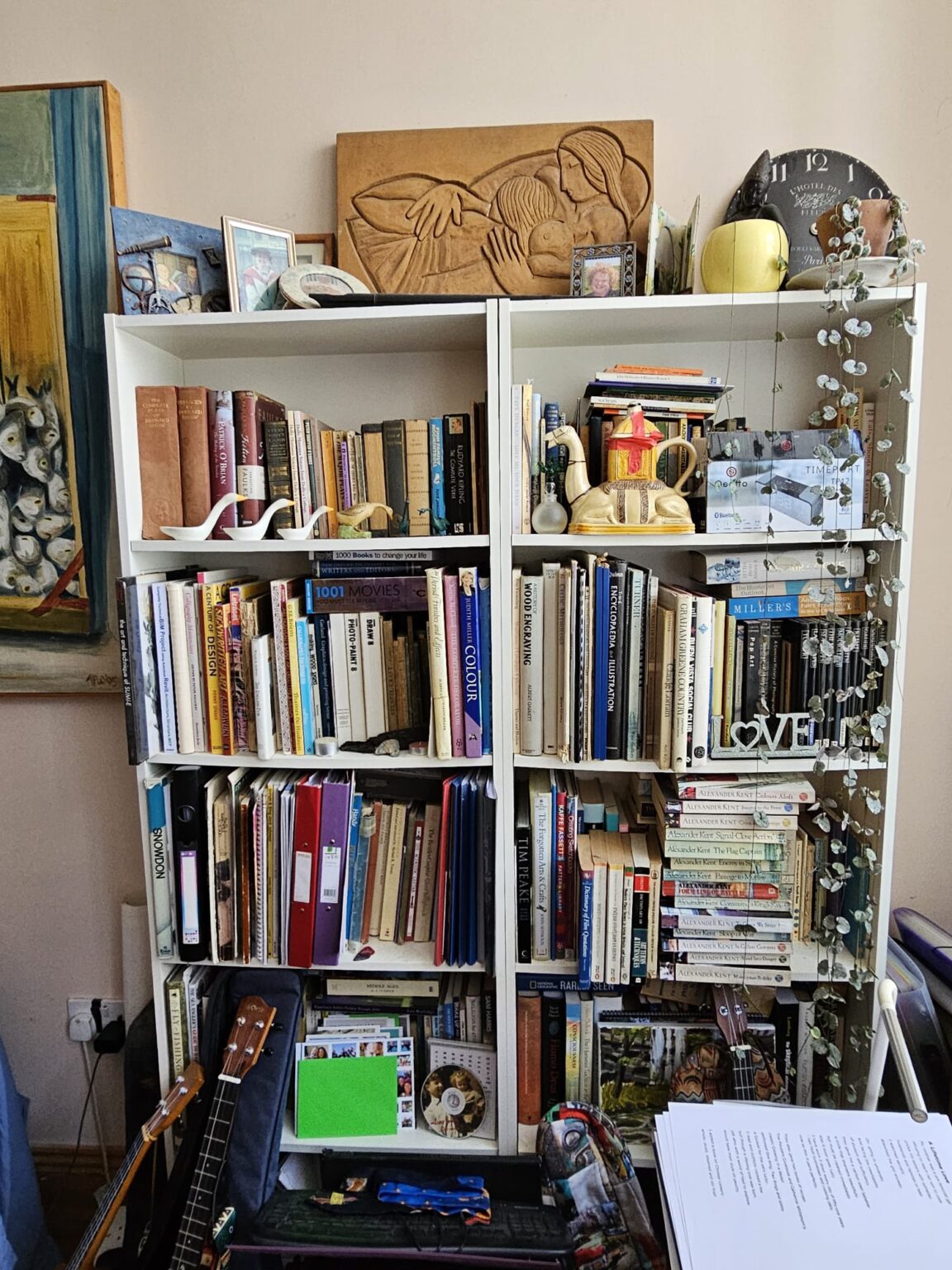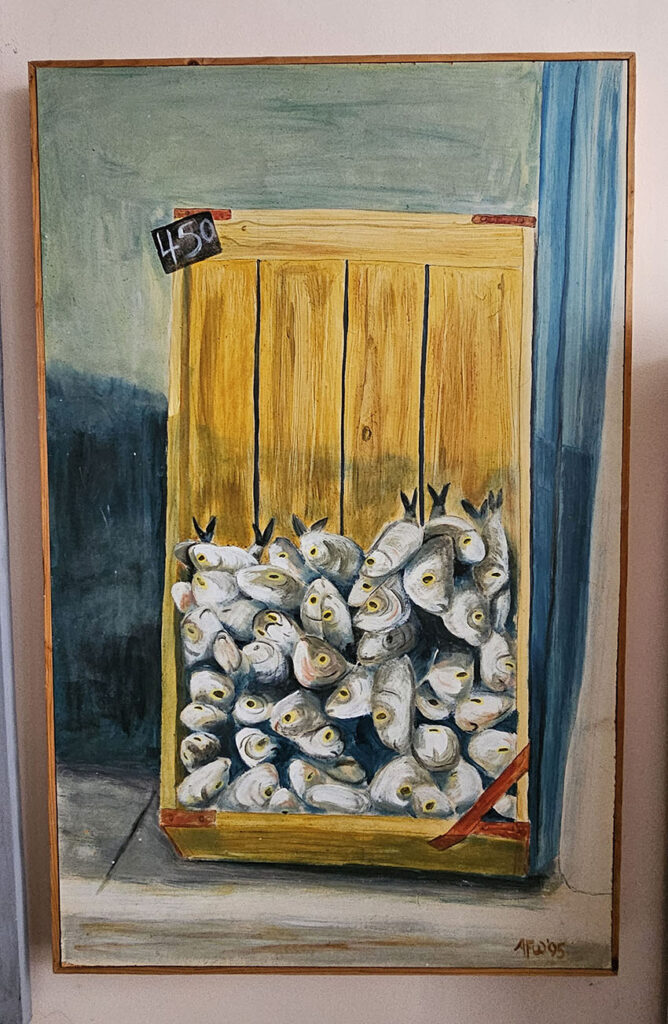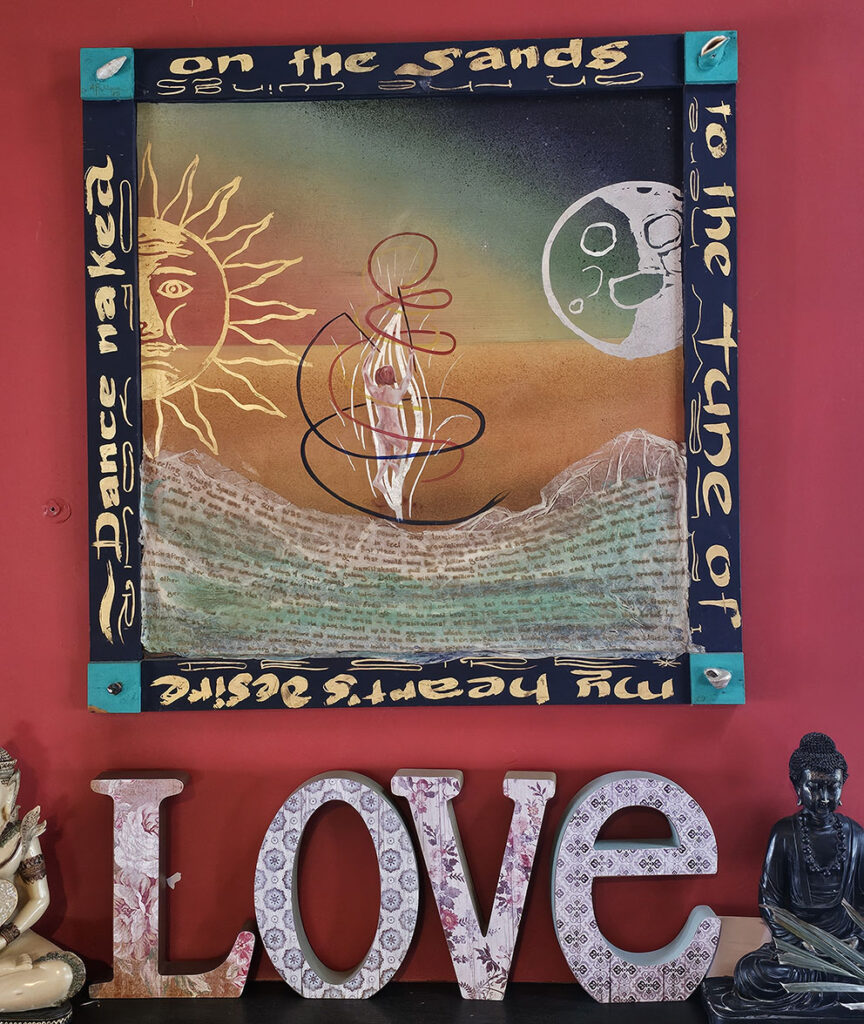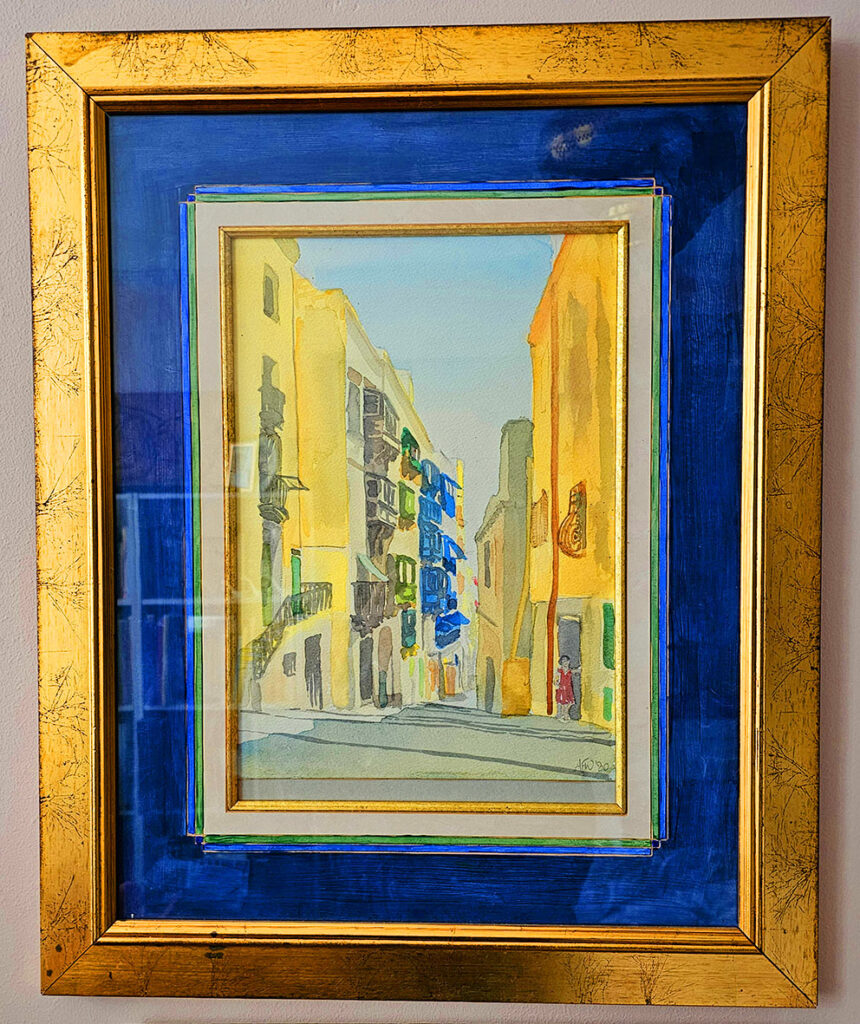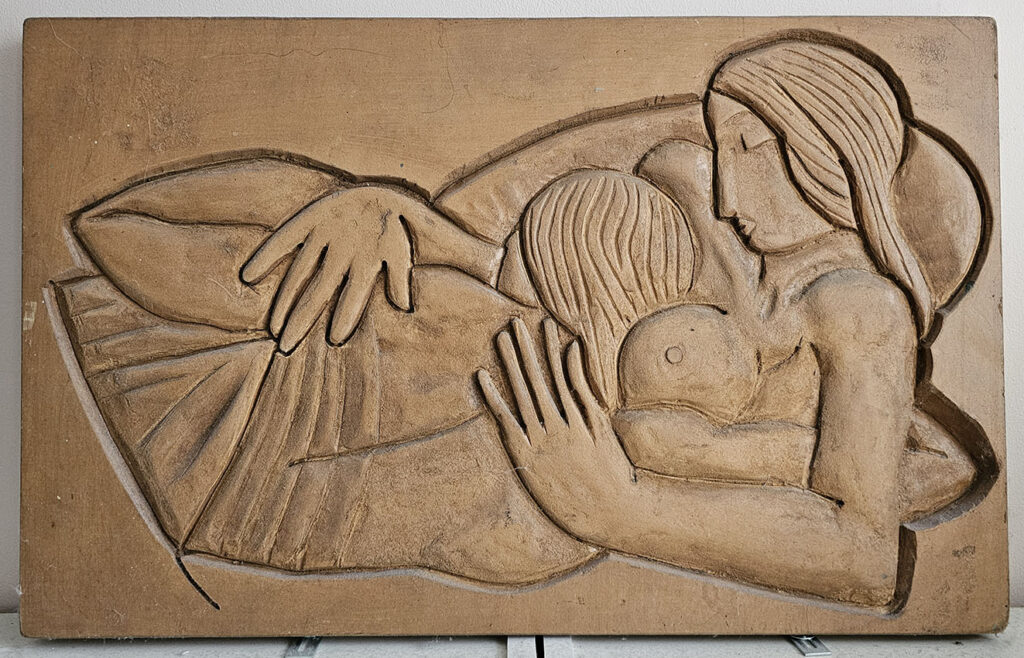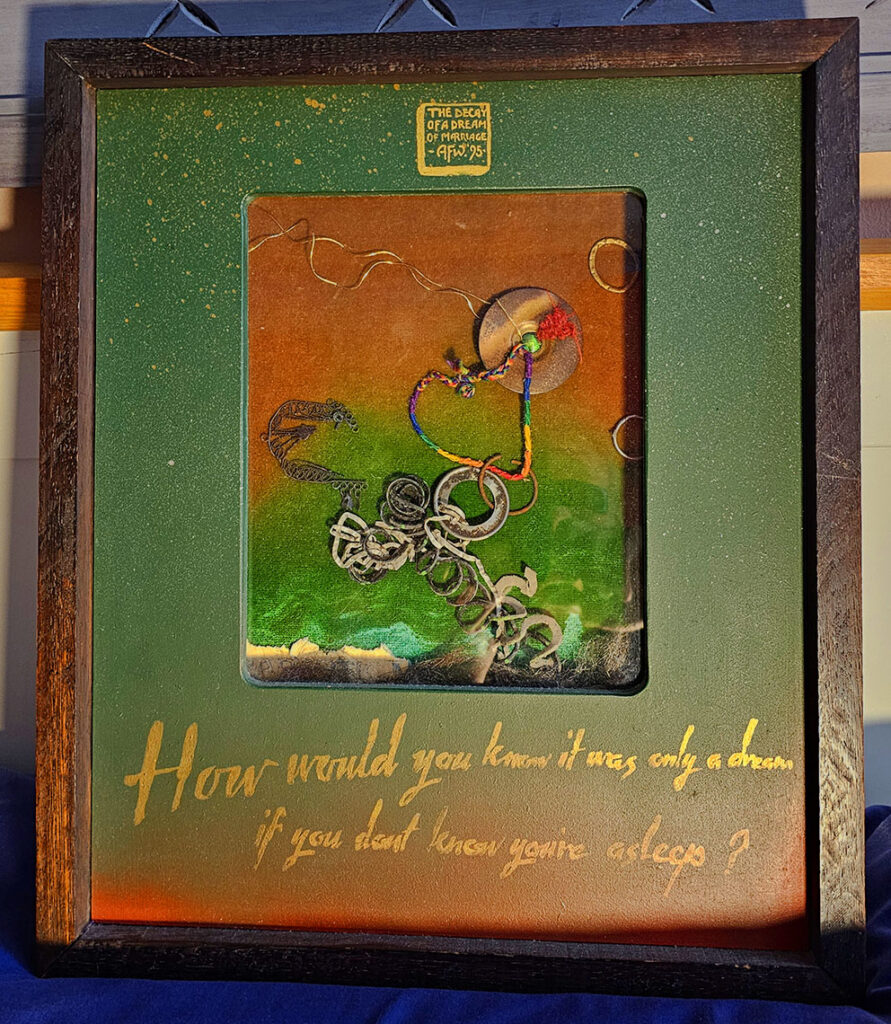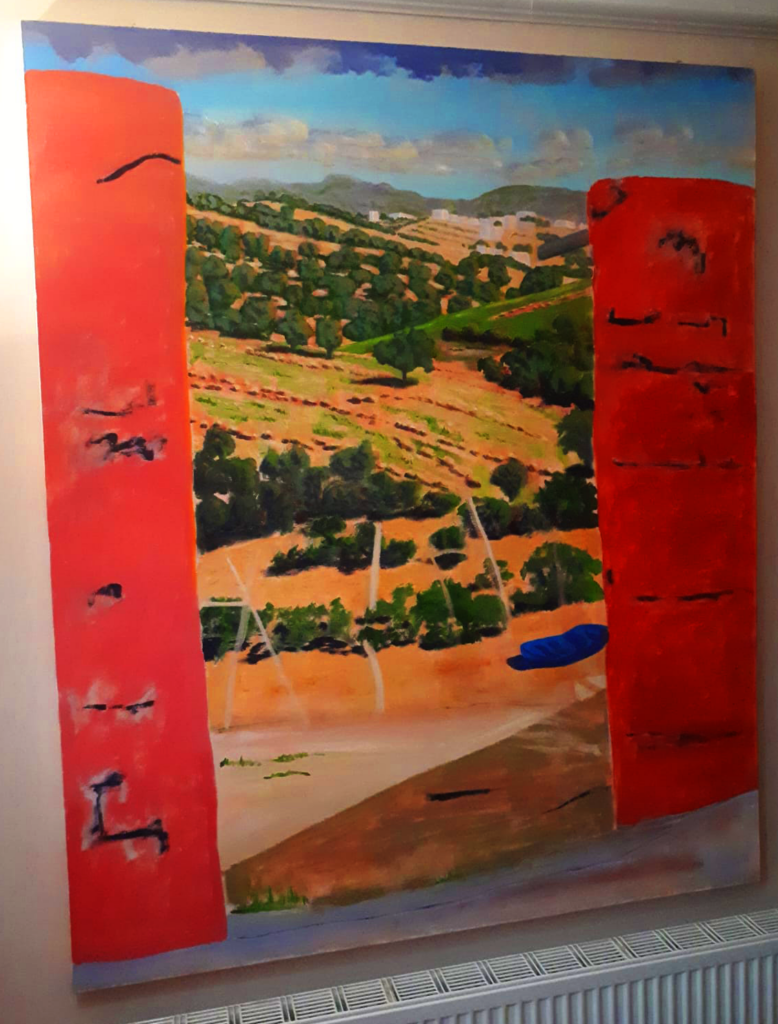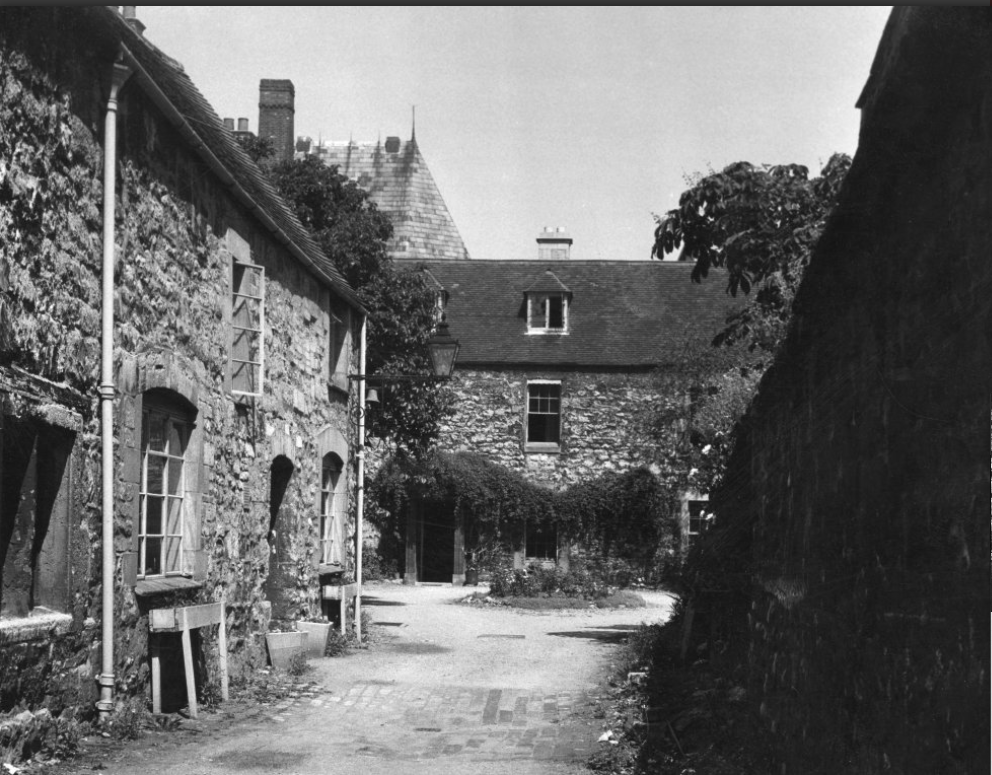I confess I am not a great fan of autobiographies that begin at the beginning and follow a temporal path up to the present day – not that the person might not have some interesting stories, facts and opinions strung on their necklace. It just doesn’t appeal as a structure. On the other hand, in my last, extra year at school in Oxford, retaking an A-level and adding a couple more, I was allowed out of school on my recognisance and saw a fascinating Exhibition at the Modern Art Gallery. The Artist had laid out and photographed every single possession of a single person – for example, all the cutlery was laid out in one shot, all the shoes in another. This more thematic approach appeals more and although I am not arranging the objects which I have chosen to tell my story in chronological order, I hope that my writing will be sufficiently interesting to keep your interest Dear Reader, and that on the journey from A to Z, you will assemble an impression of my life and who I am…
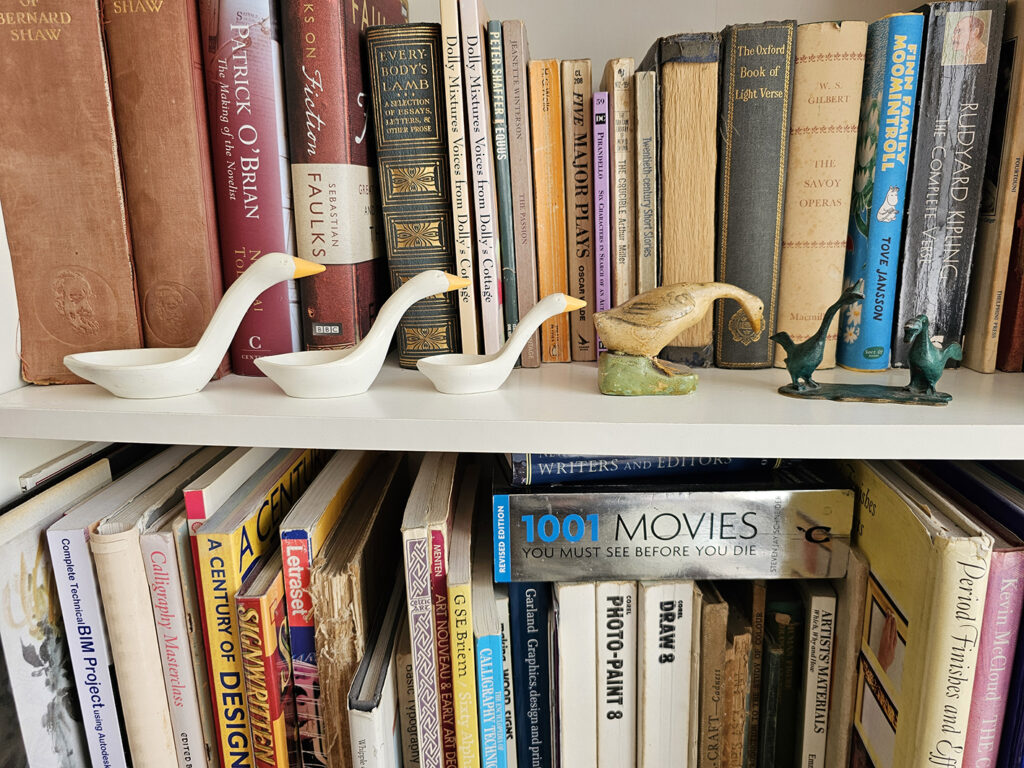
As with my sister Carol, I have chosen a memento mori that I keep beside me on the bookshelf that contains my poetry and plays books, and reference books from several of my disciplines. My mother had many ornaments in her last apartment – most not to my taste but I chose this little group of geese made of plastic, pottery and bronze respectively and they sit beside me as my nearest reminder of my mother. But in the same way as I speculated about what I had inherited Nurturewise from my father, so I will try to show what my mother gave to my makeup…
To my father, my mother, Elsie May Cook, was a wonder of achievement – before they met, she’d already lived several lives – born a gamekeeper’s daughter in 1920, left school at 14 to work in domestic service (proper Upstairs, Downstairs/Downton Abbey), risen to be a childrens’ Nanny, Left service to join the Womens’ Army during the Second World War rising to be a Sergeant and then after the war, training to be a State Registered Nurse which she had to give up to get married to my father – no married nurses back then… To my father, that showed fortitude, resilience, and character and he was not wrong but over my lifetime, my understanding of my mother, as initially seen through my father’s eyes, has become more nuanced. There was a side to my Mum which did all those things with plucky determination to transcend her origins and through most of that time she chose to be known to her friends and colleagues by a different name – Jill. When she had achieved that upward social mobility, however, I feel that whilst she would have vehemently denied it, she suffered from Imposter Syndrome – a crippling shyness that led her to isolate not only herself but also us children. Don’t get me wrong, we had a rich and stimulating home life from being read aloud to at an early age and teaching us so that we were all able to read before we went to school, through a trip around the world by ship to live in Australia for six months, and the nurtural legacy that each of my parents gave us. As I set out yesterday, my Father made me both a Designer and also, what eventually settled out as being a humanist. From my mother, I got Art and storytelling and if I have been dilatory as a painter, I have, at long last, become a writer and a poet and I think that is down to my mother’s storytelling. Yes, indeed, our somewhat claustrophobic upbringing did not prepare us for the total immersion of leaving home for university. Still, there are worse things to overcome and to blame my mother is like blaming a parent for giving you an unfortunate gene. After all, we are not yet at the stage where all parents are screened for inheritable problems and whatever hand we are dealt, it is up to us to do the best we can with it…

So I could repeat some of the many stories about the many lives my mother lived before she even met my father – the trip to Tunisia as a 16 year old nanny who was left holding the baby alone in a hotel where only one person spoke English whilst the family went on a trip around the country, the Downton Abbey worthy stories of domestic service, the bullying sergeants she took on in defence of her girls, the time she alerted the base to a spy, but I think it is more interesting to speculate about the drive for upward social mobility (not that she would have recognised that term) versus the Imposter Syndrome that affected her once she had arrived. In any case, she herself drew back from telling tales of the war as time went on though in the light of current events and the overturning of all that was being fought for back then, she should arguably have been telling those stories more…
I suppose it might have started with my Grandad – he was an angry or perhaps a bitter man – cheated of the upward mobility that some of his children achieved. Before the First World War, his older brother, wanting to escape the not particularly nice family he found himself in, decided to emigrate to America where the promise of hard work rewarded with liberty and equality, was a beacon to those bound by the strictures of the English class-system. He wanted to take my Grandad with him but as the latter was under 16 and needed his parent’s permission, and since they were dismayed at losing one breadwinner and source of future support, he was denied it. The brother wrote to Tom (my Grandad) advising him to lie about his age and join the army and fight in the war which nobody anticipated would last for four whole years and that he would send money in the meantime so that Tom could join him after the war when he no longer needed his parent’s permission and he was true to his word; however, the family took and spent the money, so when Tom, who had miraculously survived the whole war, returned home, he had no choice but to find a job in England. His first choice was to become a school-teacher, but that job, like certain others, librarian for example, had become reserved for women – so many men had died during the war, that families now had to turn to their daughters to go out to work and support them. Remember, this was before the days of the Welfare State with its basic safety net. Tom became a gamekeeper, returning to the animal husbandry he had learned growing up on a farm. His brother in America turned the same skills towards teaching and after marrying a “Southern Belle”, he ended up as a Lecturer in a Veterinary College…
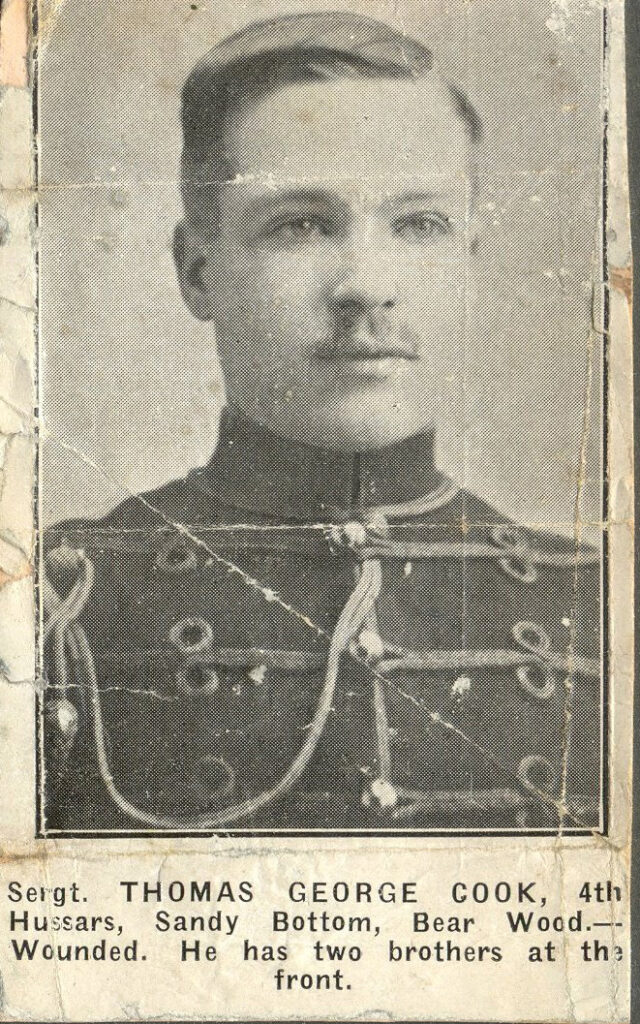
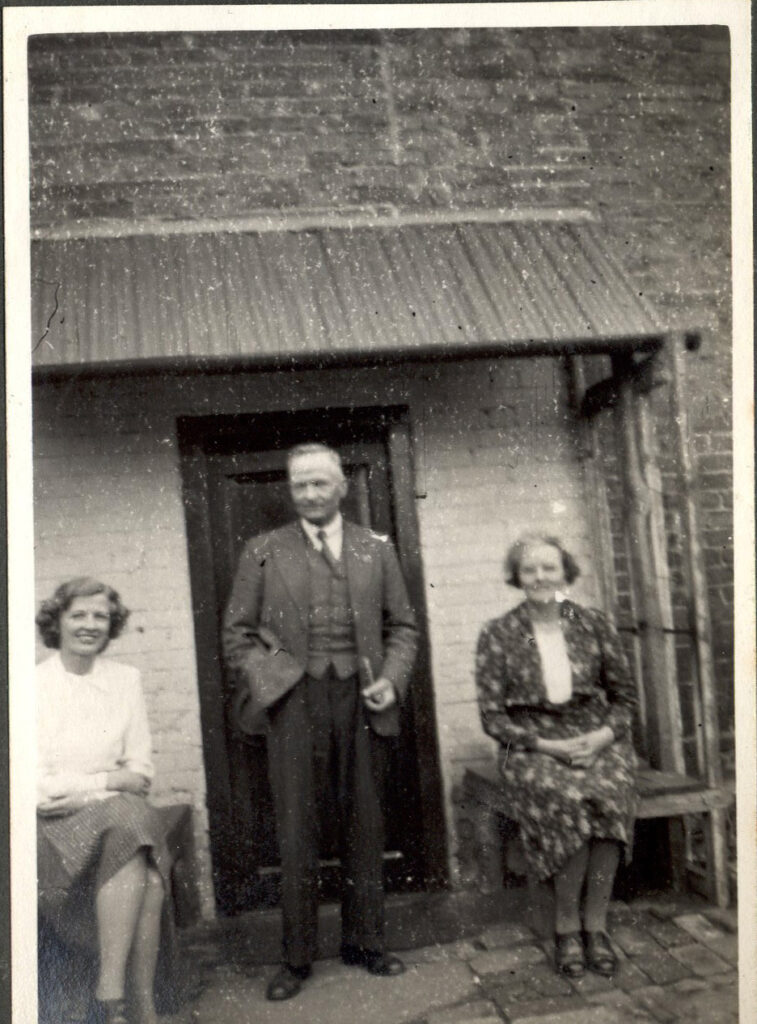
When my mother, who was apparently a bright and willing learner at school, brought home work specially set by the teacher for her, my Grandad’s bitterness manifested and he said she could take it back and not bother because she would end up in domestic service like most people in their class. This is a man who had spent four years in hell fighting a war which was arguably a squabble between competing cousins – descendants of Queen Victoria and pursued with all the insensitivity and crass disregard for human life of the ruling and upper-middle class of England, a war in which men were literally cannon-fodder. And so it came to pass that my mother went into domestic service at age 14, saving in the form of six penny stamps each week which were eventually sent back to the family to support her five brothers and sisters.

Thus the disappointment of my grandad was passed on to my mother although she showed great loyalty to him when, during the Second World War, my mother rose to be a Sergeant in Signals and was then put forward for officer selection. She had truthfully listed her father as a Game Keeper and on being pushed to redefine him as an Estate Manager which she refused to do and so failed to make the grade. Years later, when we went by ship to Australia, my parents would only travel on “one-class” ships – those were the days when ships were a regular means of transport and not for cruises and many of them had First and Second Class areas – this egalitarian attitude says something about my parent’s view of the world…
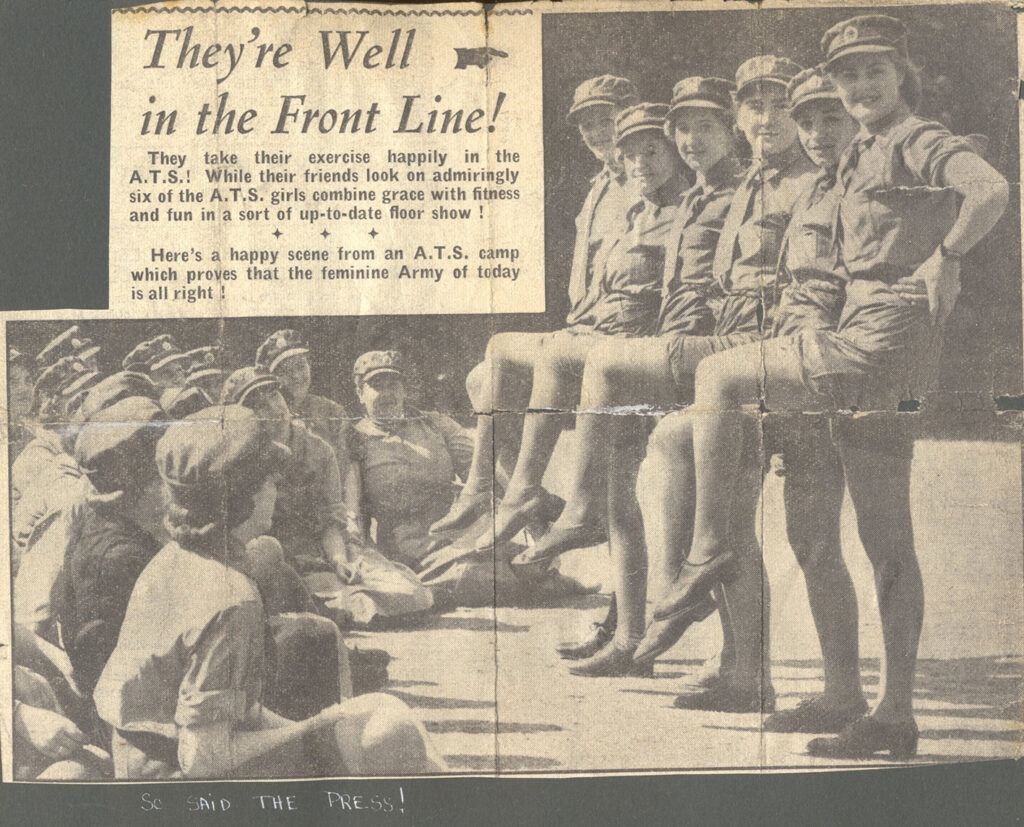


After the war, opportunities were offered to people o become nurses, even if, like my mother, they had not completed school education, and so with some initial special assistance, she eventually qualified as a State Registered Nurse. Just six months later, having met and married my father, she had to give up nursing since you could not be married and nurse – such a waste!
You would think that with all these transformations, the accumulation of transferrable skills, my mother’s confidence would have built up so that she could have conquered anything – certainly my father believed so, but…

When my parents met, sailing was my father’s hobby and whilst my mother enjoyed the sailing, I think, she did not feel confident with the social life in the bar at the end of the day’s sailing. In those days, Oxford University was still populated by quite upper to upper-middle class students even if that was about to change. My father was a “Grammar school boy” from Manchester and not one of the “great” “Public (read Private, fee-paying) Schools” like most students and he had to learn enough Latin to pass the entrance exams in just one week – a record my mother constantly reminded me of as a spur to my own efforts! A compromise was arrived at between my parents, they would spend one year doing as much sailing as possible – this included my father skippering yachts for people with the money but not the skills – and after this. my father would turn his back on sailing for good, saving my mother from mingling. As I described yesterday, my father designed the first commercial GRP sailing dinghy and whilst my school had a couple of Alphas, on which I learned to sail, I never once sailed with my father and no provision was offered for me to pursue sailing outside school.
Another way in which, I realise in hindsight, that my mother managed to avoid uncomfortable contacts, she claimed not to be able to drive even though she possessed a driving licence she gained during the war which qualified her to drive anything up to and including a tank! She would have a token attempt at a driving licence once a year on a suitable beach with three children in the back and a very competent husband in the passenger seat! This ensured that she would not be able to collect us from friend’s houses or worse still, have other parents calling in on return visits. I understand – I do – I was sent to the top prep school in the country, The Dragon School, because what else would my parents do but offer us the best they could scrimp and save to provide, but meeting the possibly higher class other parents was a step too far… As I said at the outset, I don’t blame my mother and indeed it took many years before I really understood what had happened and by then I had made my own way in the world. The Dragon School was not easy for me either mixing with the sons of the “great and good” and so I too have been touched with imposter syndrome and so I have sympathy and forgiveness for my mother, after all, what doesn’t kill you…
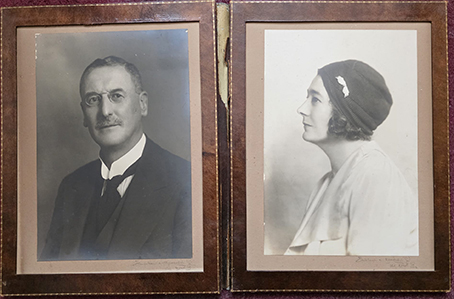
There is one more story I need to tell about my mother which may or may not have affected her sense of self in the world, since I don’t know whether she was aware of it at the time or only told by her mother much later on. When she was a little girl, the couple above, who lived close by to my grandparents, having got to know my mother, at least, if not the whole family, proposed that they might adopt her, they being childless. My grandparents wouldn’t hear of it of course though it may have been a temptation since they had six children – enough for future support – and it would have been a wonderful opportunity for my mother to be adopted by some upper-middle class people. Who knows what her life might have been but for sure, I would not be telling you this tale… I don’t know the name of the couple, only that he had some sort of job that may have been ambassadorial or possibly even intelligence work – I do know that they had travelled extensively including to Japan and, via my mother, I have inherited their portraits and the rather beautiful watercolour of a Shinto shrine below.
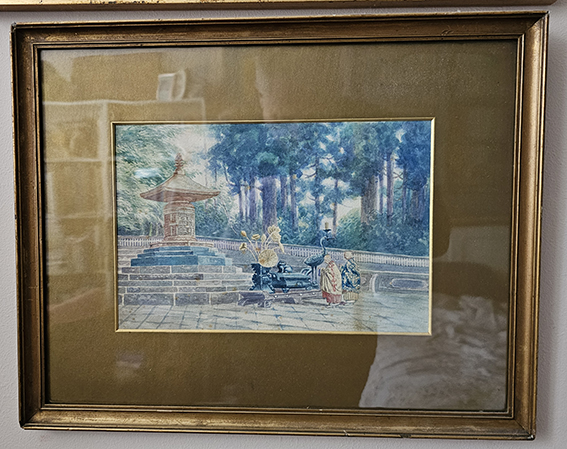
So, what to conclude from my mother’s story, and her part in mine – beware of what you want, especially upward mobility because achieving it is no guarantee that you will feel comfortable when you get there. Old establishment, aristocracy and even natives of a particular location have a way of subtly or not so subtly, making newcomers, or as they say here in Cobbydale, “Incomers” – feel less than welcome or at least not one of them – ever…
In a recent writing group. I penned this poem about going to the Remembrance Day Service with my Mother and it’s lasting effect on me…
Remembrance
St. Giles, the broad street,
where the fair is held
on happier days
is turned over to remembering
– to Remembrance Sunday.
At one end of St Giles
is the Martyrs’ Memorial
where three priests were
burnt to death over a difference
in religious beliefs and
though we knew the memorial
years before we learned the history
I’m not sure even my parents
knew enough to explain
such savagery.
At the other end of the street
wide as a motorway
and normally lined with cars
parked at right angles to the curb
such is the space
there stands the War Memorial
large, as befits a city
of one hundred thousand
with bronze plaques naming
the dead of Oxford
from two World Wars.
St. Giles is thronged
in all solemnity, with citizens,
soldiers, sailors, and airmen
– past and present, and even cadets
amongst whose rank I’ll one day
stand and hope I’m not
the one who will faint
as much from the emotion
as the heat if it’s a sunny day.
But today we stand beside my mother
wondering at her silent weeping
recalling such stories as she
has seen fit to tell us of the war
and her part in it.
Later she will go deeper
telling of the six men
any one of which she
might have married
who went to war
but never came back.
Our mother’s tears
sear the meaning of
“Abide With Me” and
“For Those In Peril on the Sea”
into our hearts forever.
Then the two-minute silence
broken by the guns in the park
and we all relax as
Remembrance is replaced by moving again
– moving on, for those who can…
© Andrew Wilson, 2024




